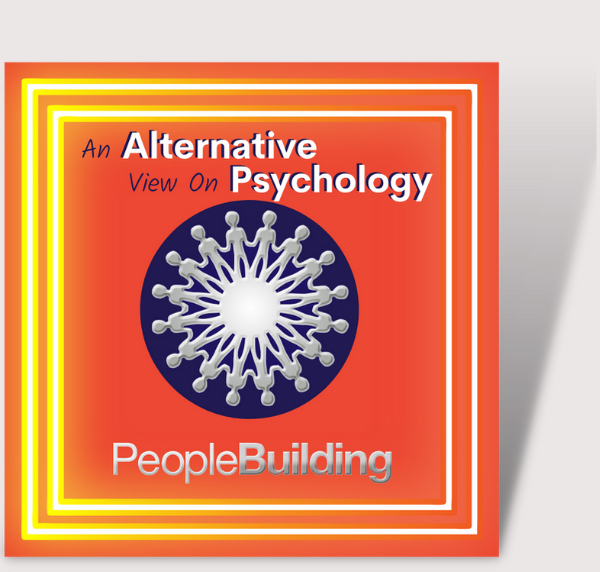I’ll talk you through some of the different techniques that can be used to help anxiety and why anxiety shows up in the first place.
It is a completely natural reaction that you should have in certain situations. As a species, it’s as if we haven’t completely evolved so we are still experiencing anxiety that would have predated to running away from a lion or tiger.
For some people they are having that depth of anxiety during everyday life. It’s a perfectly natural, normal emotion to have because there are times where you should be anxious, you need these warning signals to know something is wrong. But you should not be anxious everyday. When that happens, there is something in your everyday life you must address or what commonly happens for people is they have an incident that shows up in life that causes a sense of anxiety.
That cause may be a true reaction (what I mean by that is you should of been anxious as it was an anxious time) however sometimes it is not a true response – it is an out of context response.
Sometimes what happens to people is when they return to a scenario like that again it brings up all of their anxiety that they had in the one off past event, even though the real trigger for the situation that initially happened for them, is not happening anymore.
We call that an “anchor.” You have an internal feeling that is trigged by something that goes on in the outside world. Even though it is not a trigger to an in context anxious moment, if the stimulus is the same again, you can react in the same anxious way.
Can you retrace where the anxiety started from? This is not always possible, but if you know where the anxiety first started, you need to deal with the situation that caused those emotions.
Addressing a situation that hasn’t been addressed yet, apologising to someone. If the anxiety isn’t linked to a certain event, there are many ways you can find out what is wrong and why this anxiety is triggering.
One way involves some drawing. This is what I use for children with anxiety and this uses NLP, confidence boosting, stress, exam stress is a big one. It works well for children but it also works great with adults too.
We do something we call “personification” which is a beautiful word. Personification is where you build a character around the thing causing the anxiety for you.
The character I use when I’m working with children, has a face and a body to illustrate my anxiety. Mine looks like a spiky and a grumpy face. After i’ve finished drawing it, it gives it a physical form, we then give it a name but not something like “Growly” because you want to give it a name with something silly and pathetic.
So you start to name it around your anxiety that makes it sound stupid. You could change it to wobbly, it takes away the scary parts away.
There was a guy I worked who stayed in the house everyday. He didn’t go to work anymore and the anxiety he experienced was so severe it even showed in his words, he had made up words to explain his anxiety. He convinced himself that some of these words were actually real.
We tend to think as personal development people that we need to solve problems by being positive, but ultimately we need to do what we need to do to get a result. So if required, tell anxiety to shut up and go away. Theres no point being nice to anxiety when it is not a nice place to be in. You need to tell yourself you are fine, you need to tell yourself you will do this and that you will go for it and be tough about it with that internal self talk. Swear at it if you need to – tell it to f**k off!
You need to be tougher to do this, to get through it. You need to counter-act to it to get rid of it, because anxiety can be a powerful emotion. But it’s your emotion and so the power is in you. You need to be more powerful that it to put it back in it’s place.
So to summerise:
1) Establish any main reasons for the anxiety being there.
2) Make it sound silly, take away it’s power.
3) Be tough on yourself. You have the power because you power the anxiety. Match that power with a tough stance on how you react so that you do not become a victim.


